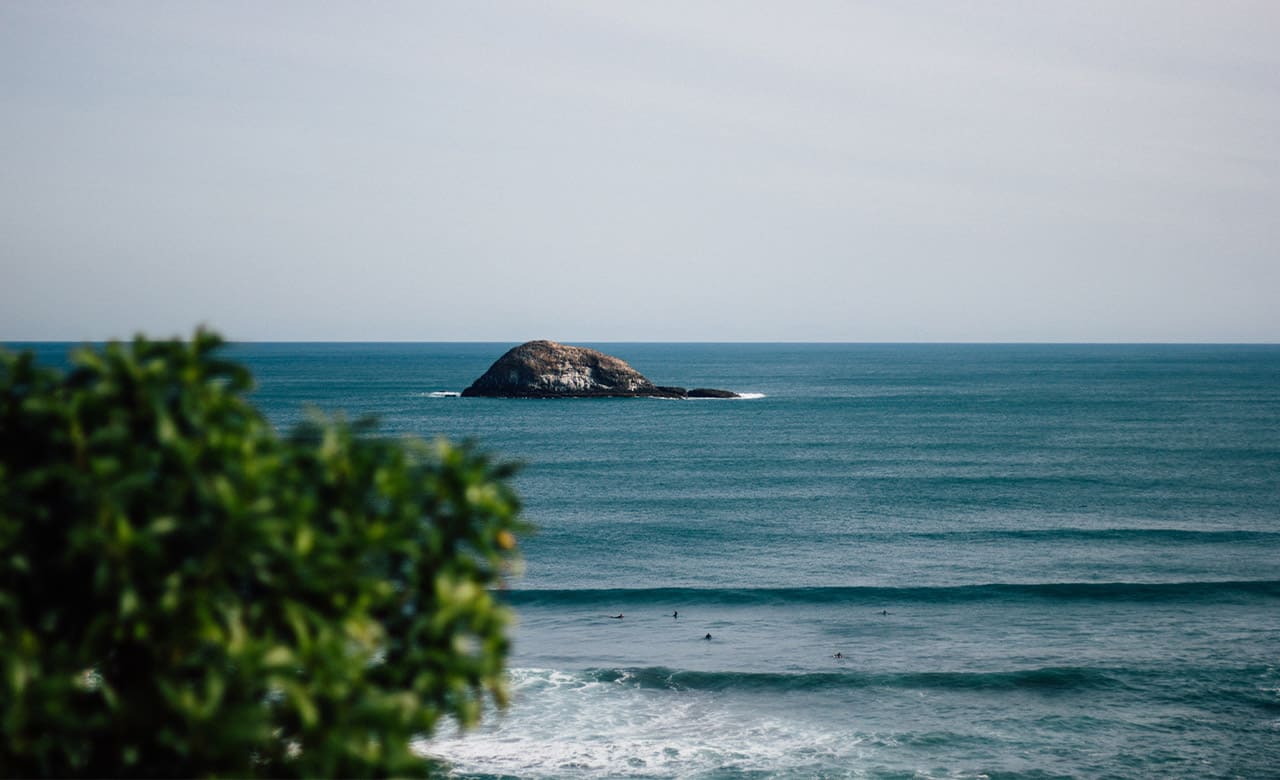This question is not that easily answered, but there is definitely a scientific answer to why waves come in sets. Let’s dive in.
Setting The Scene
To set the scene, it is the wind blowing in a storm that generates waves. The energy from the wind is transferred to the sea. We all know the universal law of conservation of energy which states that energy cannot be created or destroyed, only converted from one form of energy to another.
When this wind is gusty, the energy transferred makes for short-period choppy waves. When the wind is constant, for an extended period over a large fetch, the energy transfers into big, solid waves with a longer period. This is the system that creates set waves.
The Fetch
The length and width of the fetch, combined with the wind consistency, will also affect the production of waves. In essence, it will affect the number of waves in a set. The bigger the fetch in total, the more consistent the wind blowing over it, the more waves in a set, and the more consistent that swell will be.
What Is A Set Wave?
A set wave is one wave out of a group that arrives at a certain speed and height. Depending on the actual focus of the swell, these set waves can be extremely powerful and with a larger swell period. If the swell focus is right upon you, the waves will be faster and more robust. Still, if the swell is coming from a long way away with loads of energy behind it, the wave sets will be consistent with plenty of groundswell energy.
Why Do Waves Come In Sets?
One of the more localized reasons for set waves is the bathymetry of the local beach that you are at. The shape of the ocean floor, the ocean floor’s depth, and the contrast of depths play a large part in the formation of set waves.
If the ocean floor is suitable for waves to approach, then the waves will sometimes wrap and refract. This results in more set waves and longer sets with more waves in them.
So the answers behind the questions of what a set wave is and why waves come in sets are complex and somewhat confusing. To extract the essence, it is based upon the storm’s structure that first created the waves, the storm’s position in relation to the shoreline, and the local bathymetry.
Every swell is different, and every surf beak is distinct. Some places like Indonesia have sets that break the imaginary 7 waves in a set. In contrast, other places, particularly big wave spots, can have as little as 2 or 3 waves in a set.
…Let’s hope that when the next set comes, you get one of them.


